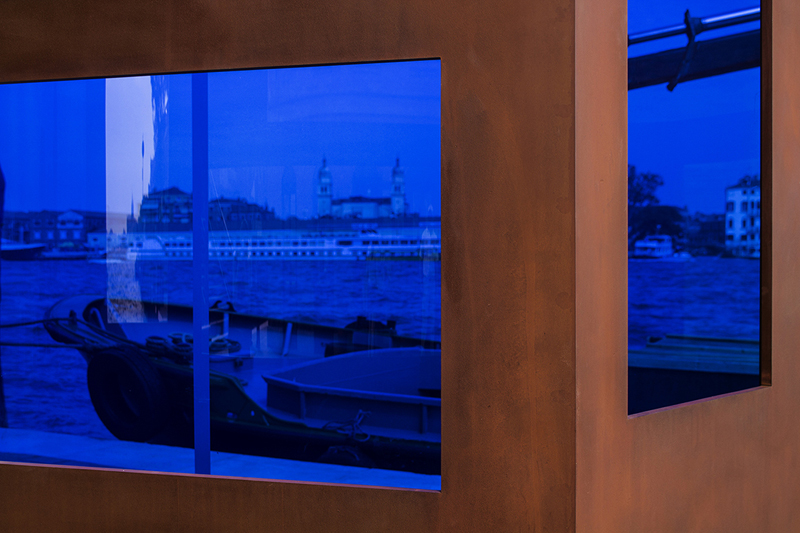
Agustí Roqué
Andorra
In the line of European sculpture, reaffirmed by the work of Agustí Roqué, which runs from Michelangelo to the present day, sculpture does not operate on the simple compression of the void but in the continuity between the two facets - solid and void - without any interruption. The theory of the non-finite is rooted in neo-Platonic philosophy; not an art as mimetic representation of the world, but as site of the formal condensation of an illumination that transcends it.
Sculpture becomes the theatre of conflict between the inert matter and the man who seeks to infuse it with the divine imprint, and this impossibility requires us to consider the finite nature of the form and the inability to arrive at a result that corresponds to the essence of the inspiration.
Hence the neo-Platonic furor of Agustí Roqué, who traverses the positive and negative elements of space, solid and void, going beyond the pure and simple plastic value that seems to endow the work with specificity, and transcends the condition of the merely celebratory, the spectacularly monumental aspect that has characterized much Western sculpture and prompted Arturo Martini to speak of the “dead language of sculpture”.
In fact, Agustí Roqué does not pursue the positive utopia of art, or the possibility of constructing a model capable of transforming the world, but aims instead to engender a small order linked to the work produced and as such capable of being simply a model of itself. The humility of the object consists in precisely that, in a poetry that does not use cultured materials or academic artistic genres and instead is capable of traversing the everyday, of taking the inert everyday and placing it in a kind of assemblage, of a short circuit that elevates the element and the detail to a fragment, to a batten of mental construction.
Agustí Roqué’s latest work is, in the last analysis, the arrival of the artist’s creative subject at a separate dimension of his own biography, precisely because, with great humility, he identifies the expressive possibility inherent in art. It is at the same time an anchor for our gaze as viewers contemplating a construction capable of instilling in us a new sense of things. But this sense does not overthrow the sense of the everyday, it does not fight with it but rather identifies an interstice, a place which is that of a negative utopia, which is directly linked to the physical space inhabited by the work through which the artist speaks and the viewer can reflect.
Achille Bonito Oliva, Curator